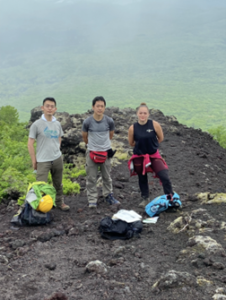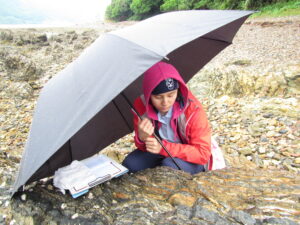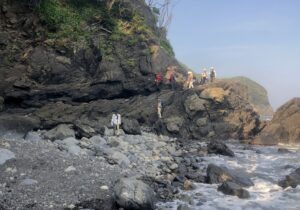【Student Life 2024】Challenging the World with a Mars Rover: Astrobiological exploration by a Science Faculty Student
2024「Student Life」
Taiko Hirai(Department of Earth and Planetary Physics, fourth-year student)
I am Taiko Hirai, a fourth-year student in the Department of Earth and Planetary Physics at the University of Tokyo’s Faculty of Science. I am interested in planetary systems and want to study the differences in the evolution of planetary systems that become “habitable planets” like Earth and those that become “dead planets” like Mars over time.
I would like to introduce the Mars Rover Project “KARURA,” which I am working on as an extracurricular activity. Although I am just an undergraduate, I am very humbled to be able to write this article, and I would be grateful if you could read it.
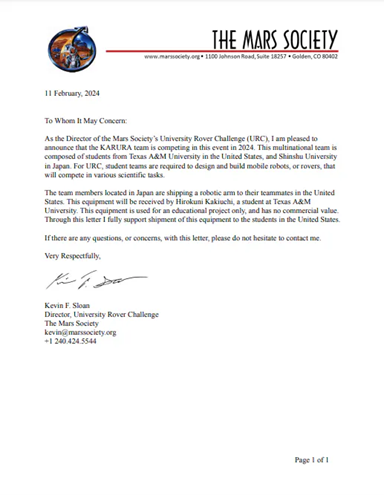
of the University Rover Challenge.
1. What is KARURA?
KARURA is an international and intercollegiate team that, for the first time as a Japanese team, qualified for the finals of the Mars rover world competition “University Rover Challenge” in March this year. The University Rover Challenge is a competition simulating actual Mars exploration, held in Utah, USA. There is a very difficult preliminary screening process involving videos and documents, and the teams that advance to the finals can perform missions with their rovers at the Mars Desert Research Station (MDRS), which NASA uses for training because it is “the most Mars-like desert environment on Earth.”
Within the team KARURA, I serve as the Project Scientist overseeing the science division of the Mars exploration mission, focusing on missions to search for life on Mars.
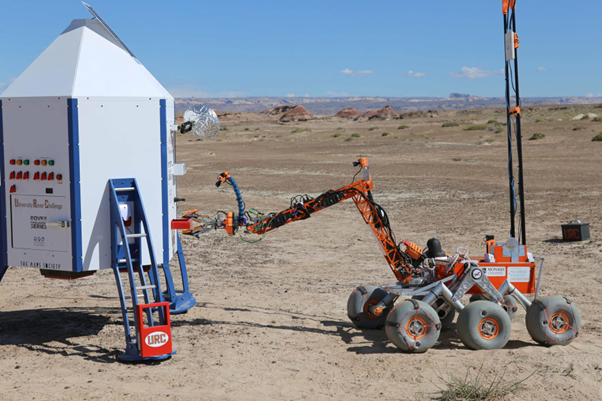
2. Life Exploration on Mars
Mars is thought to have once had water and an atmosphere, resembling present-day Earth. However, it lost its magnetic field, atmosphere, and water, resulting in its current barren state. Without a magnetic field, high-energy particles rain down on Mars’ surface today, but regions underground may still contain water remnants.There, the human challenge to explore life after Earth continues.
The University Rover Challenge also includes a sample return mission, where teams excavate underground to collect soil samples, simulating actual life exploration.
When searching for life beyond Earth, what characteristics do humans use to determine if something is life? This “definition of life” problem is challenging when searching for life on Mars. So far, traces resembling life have been found in Mars or Martian meteorites. Many of these traces resemble Earth’s life forms or use organic carbon, a component of Earth’s life, as a sign of life.
In the University Rover Challenge, each team starts by defining “life on Mars,” utilizing extensive knowledge in planetary science and biology for discussions.
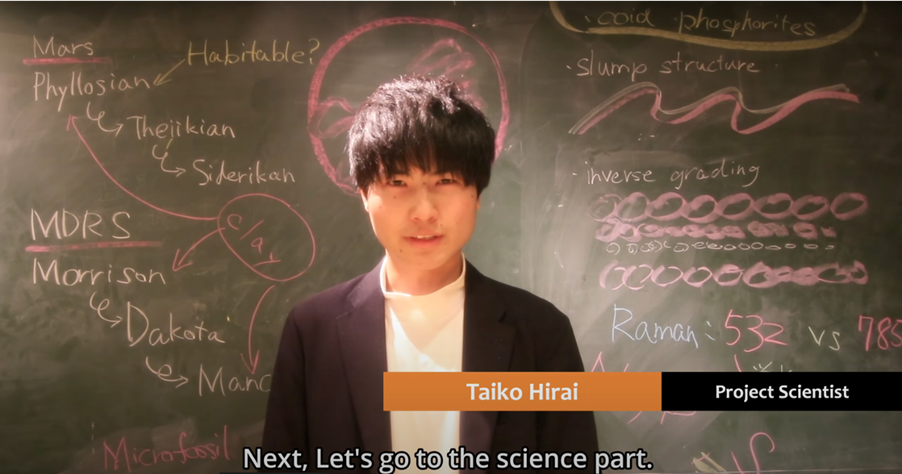
In the back, you can see the traces of discussions our team members had about life on Mars.
3. A Scientist Facing Engineering
In many space missions, while engineers build the spacecraft, scientists design the sensors that interact with Mars, such as detectors and cameras. This is also true for our team, KARURA. The role of the science division is to “create a small laboratory inside the rover.” The rover transfers the collected soil samples to this small laboratory, where chemical reactions and optics are used to determine if there are substances derived from life. However, since these operations are performed by the rover and not humans, it is necessary to simplify the operations. Additionally, there are always negotiations with engineers regarding the weight and volume of the equipment.
As someone who has always loved space but had no experience in manufacturing, creating a robot that conducts life detection experiments in itself was a continuous challenge. However, gaining some understanding of what can and cannot be done with unmanned rovers during my undergraduate years has been a significant asset.
Finally, we created a Raman spectrometer as one of the detectors. Simply put, this device uses laser light to determine the composition of substances based on their reflection. Its key feature is its lightweight and small size, yet it provides crucial information about the composition of materials. KARURA also aims to detect life using chemical reactions to detect ATP and lipids, as well as a small microscope.
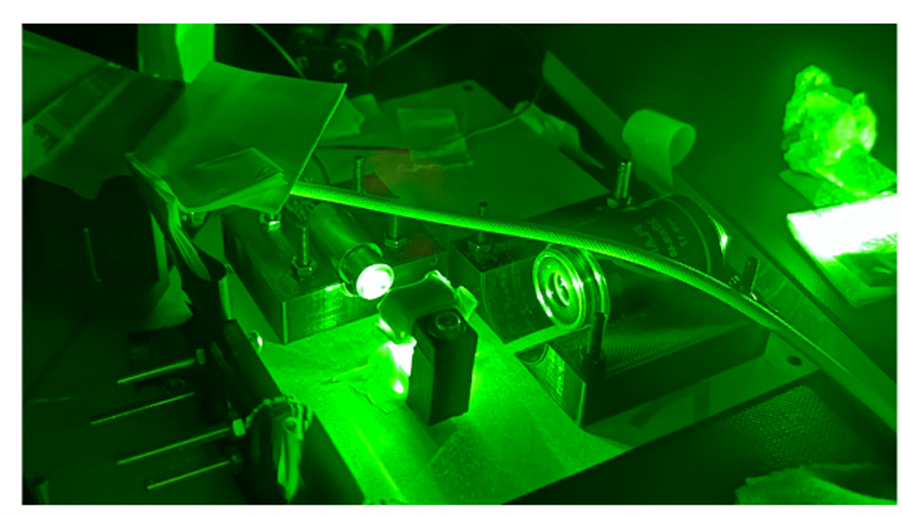
4. Conclusion
Thank you for reading this far. I am writing this on the day before heading to the US for the competition, filled with nerves about whether our mission will succeed.
At the University of Tokyo’s Faculty of Science, I received valuable advice from many professors on planning scientific explorations. Our department offers deep learning opportunities in planetary science and many opportunities to challenge oneself through extracurricular activities with peers. I would be delighted if you find interest in our department and the field of planetary science. I will continue to strive for the day when we can work together on a project in the future!
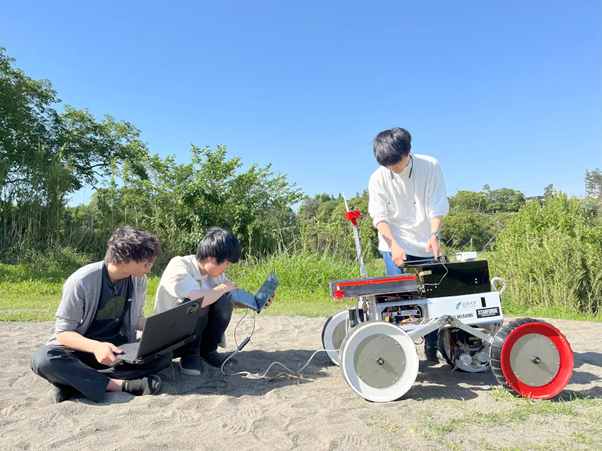
Taiko Hirai (Department of Earth and Planetary Physics, 4th-year student)
[2024.11Release/2024「Student life」]

